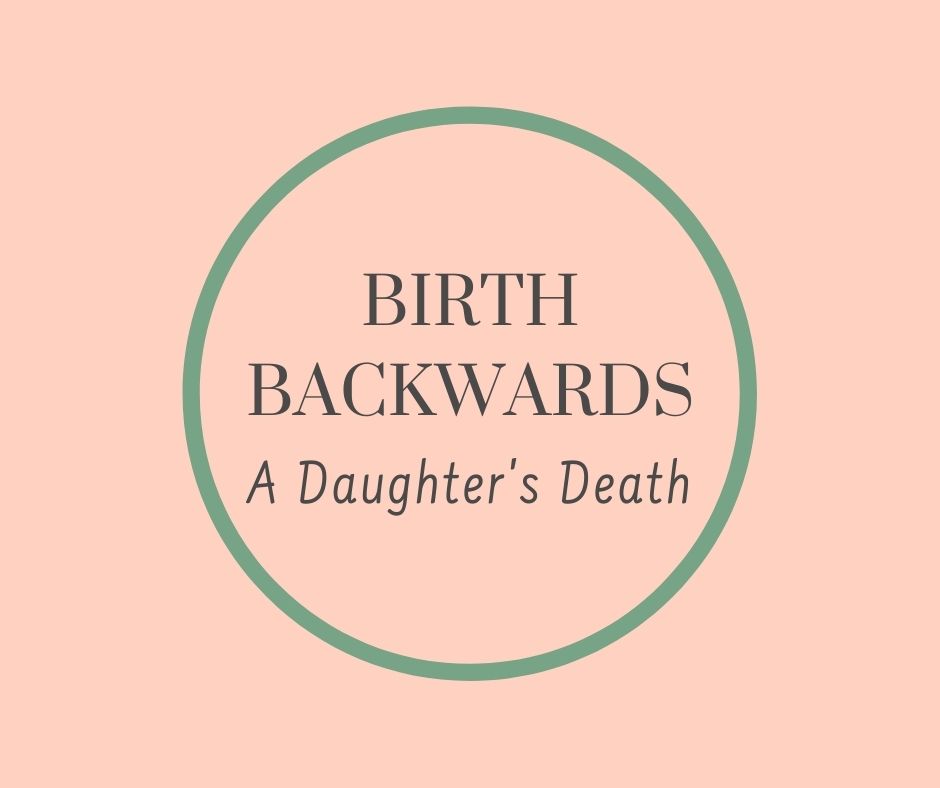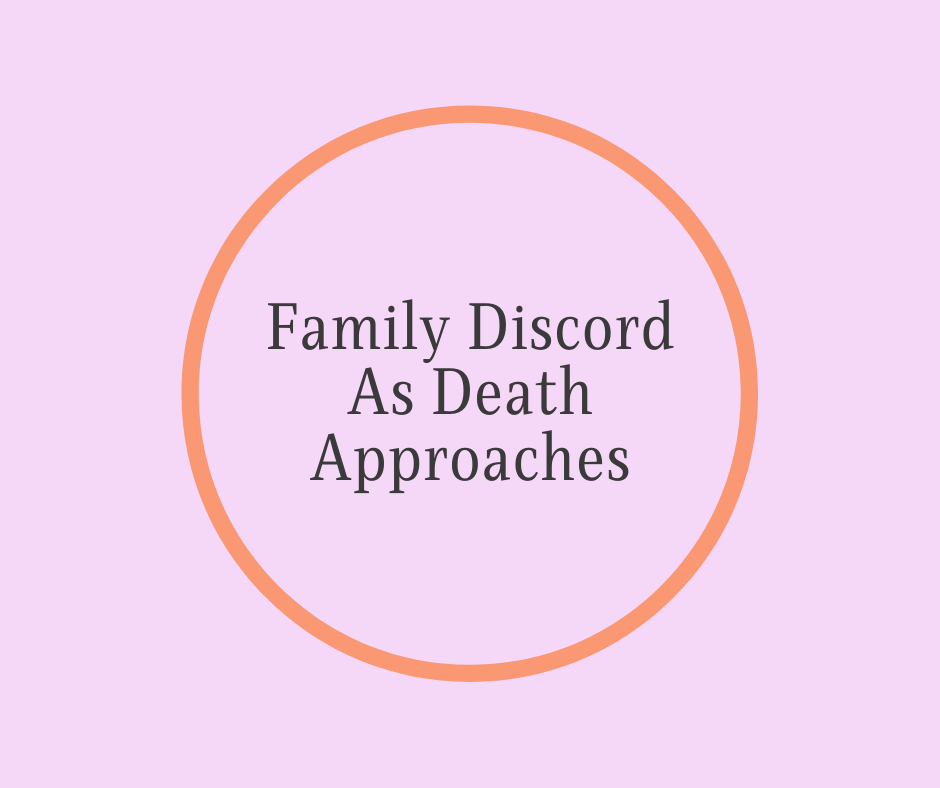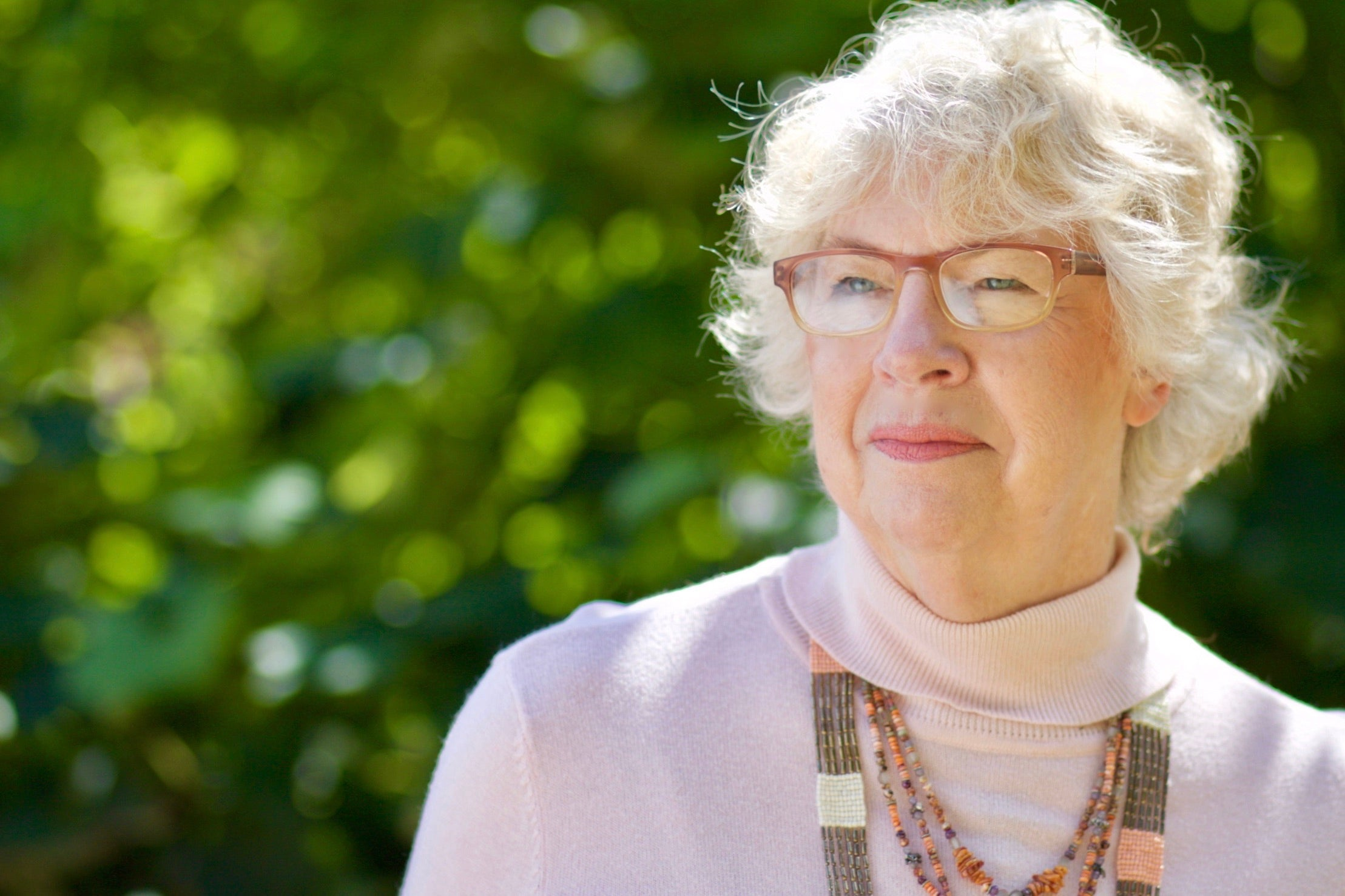There is so much confusion and fear regarding end of life pain medicines, morphine in particular, that I am addressing what I consider major issues. I have made the list simple, short, and to the point so that you can use this as a guideline when your loved one is receiving a narcotic.
* To be effective, pain medicine needs to be given on a regular, around the clock, schedule.
* Over time the original dosage may have to be increased.
* Everyone’s pain is different so everyone’s pain medicine and amount will be different.
* There is no standardized medicine dosage for pain. It takes time to find the correct pain medicine and the correct amount.
* The biggest fear about taking narcotics for pain management is fear of addiction and overdosing.
* Most medicines given by mouth can be given rectally. Some pain medicines can be made into creams and rubbed on the skin.
* Generally there isn’t a need for needles in end of life pain management.
* Pain doesn’t stop when a person is non-responsive. Continue the pain management schedule until death.
I am adding an additional caveat to the above knowledge: Dying is not painful. Disease causes pain. If pain has not been an issue during the disease process then just because a person is actively dying does not mean they are in pain. If pain has been an issue during the disease process that pain is present to the last breath.
Often dying looks painful to the people watching. Dying is a struggle to get out of the body. There are sounds that ordinarily would indicate discomfort but, when a person is actively dying, are part of the struggle. Just as the little chick works to get out of its shell, a person works to get out of their body. It takes effort to release from our body. That includes rattling and gasping sounds, twitching, random hand and leg movements, picking the air, facial grimaces, and talking that doesn’t make sense. All of this is part of the natural struggle to get out of the body. Nothing bad is happening, nothing pathological. This is how people and other animals die.
What I have described in the paragraph above is generally interpreted as an expression of pain unless someone tells the watchers differently. That is where knowledge of end of life and the dying process comes in, that is where health care professionals can give important guidance IF they, themselves, understand the normal natural way people die. Sadly to say, all too often, even health care professionals do not know.
Something more... about 7 THINGS TO CONSIDER REGARDING END OF LIFE PAIN MANAGEMENT
I have been receiving many letters from families concerned about the use of narcotics with their loved one in hospice. As a result I wrote this article as a teaching tool for hospices as well as all healthcare professionals. I encourage all of those working with end of life to view my educational film, THIS IS HOW PEOPLE DIE. I dive deep into the use of narcotics and pain relief for those in their final act of living.








9 comments
barbara
Hi Anita, about morphine and your dad as you described on my blog page: if your father is having difficulty breathing, rapid breaths, a little morphine will ease his breathing. As far as the hospice nurse saying dying is painful I have to disagree. I suppose pain and discomfort is in the eyes of the beholder. We, watchers, often interrupt what we see when a person is actively dying as painful. I see a little chick working very hard to get out of its shell. The physical body is programed to die. It is made to die. There is a natural way the body dies. My booklet, Gone From My Sight explains that natural way. If your father’s disease process has not been a painful one I see no reason to give him morphine (other than for difficulty breathing) just because he is has entered the dying process. My blessings are with you and your dad. Barbara
Hi Anita, about morphine and your dad as you described on my blog page: if your father is having difficulty breathing, rapid breaths, a little morphine will ease his breathing. As far as the hospice nurse saying dying is painful I have to disagree. I suppose pain and discomfort is in the eyes of the beholder. We, watchers, often interrupt what we see when a person is actively dying as painful. I see a little chick working very hard to get out of its shell. The physical body is programed to die. It is made to die. There is a natural way the body dies. My booklet, Gone From My Sight explains that natural way. If your father’s disease process has not been a painful one I see no reason to give him morphine (other than for difficulty breathing) just because he is has entered the dying process. My blessings are with you and your dad. Barbara
Anita
My dad is on hospice, and the hospice RN ordered Morphine for him, which I’ve opposed. I asked my DON if there was pain in dying, and she said “absolutely”. The hospice RN said the pain is from gasping for oxygen the body is craving, and that is what morphine is for. However, I’ve seen it too many times given to nursing home patients when they start failing. All it does is slow everything down until everything shuts down and you die. Since I am his POA for Healthcare, they are not giving it to him until he is literally on his death bed and a day, or less from dying.
My dad is on hospice, and the hospice RN ordered Morphine for him, which I’ve opposed. I asked my DON if there was pain in dying, and she said “absolutely”. The hospice RN said the pain is from gasping for oxygen the body is craving, and that is what morphine is for. However, I’ve seen it too many times given to nursing home patients when they start failing. All it does is slow everything down until everything shuts down and you die. Since I am his POA for Healthcare, they are not giving it to him until he is literally on his death bed and a day, or less from dying.
Fran Guevarra
Thank you. God Bless You.
I work with seniors. Your offerings have enriched my knowledge, provided me with more in depth understanding of death & dying, helped me to understand and cope with the loss of loved ones, benefited my counseling to seniors and prepared me for my own passing.
Thank you. God Bless You.
I work with seniors. Your offerings have enriched my knowledge, provided me with more in depth understanding of death & dying, helped me to understand and cope with the loss of loved ones, benefited my counseling to seniors and prepared me for my own passing.
Carolyn Scripps
Most valuable resource for Hospice professionals. I give BK Booklets to family and friends of clients. Helpful. Clear. Insightful.
Most valuable resource for Hospice professionals. I give BK Booklets to family and friends of clients. Helpful. Clear. Insightful.
Robert Varnum
A year and 3 months ago my Aunt passed from COPD (Chronic Obstructive Pulmonary Disease). I was her primary family caregiver. A year before that my Mom passed from a similar disease. Both of my loved ones were assisted with Palliative Care. Both for about one year. Fortunately they were both able to obtain care through Medicare. The professionals in the field are dedicated. With their assistance we were able to understand what was happening and how to care for our mom and aunt with the best understanding. It allowed us to concentrate on our love and being there for them.
If you need help inquire about Palliative Care.
A year and 3 months ago my Aunt passed from COPD (Chronic Obstructive Pulmonary Disease). I was her primary family caregiver. A year before that my Mom passed from a similar disease. Both of my loved ones were assisted with Palliative Care. Both for about one year. Fortunately they were both able to obtain care through Medicare. The professionals in the field are dedicated. With their assistance we were able to understand what was happening and how to care for our mom and aunt with the best understanding. It allowed us to concentrate on our love and being there for them.
If you need help inquire about Palliative Care.
Tracy Breland
Our hospice nurse gave us your little book, Gone from my Sight when my mom was dying. It was our Bible for that time. We read it daily, and it helped and prepared us for something we knew nothing about. I have bought many of them including the others you have written so we can help others like we were helped. Thank you so much!
Our hospice nurse gave us your little book, Gone from my Sight when my mom was dying. It was our Bible for that time. We read it daily, and it helped and prepared us for something we knew nothing about. I have bought many of them including the others you have written so we can help others like we were helped. Thank you so much!
joan c bakelaar
I am experiencing end of life signs with my
mother at this time. Not eating, sounds coming from her body trying to get out. It
makes me feel sad to deal with it 24/7.
I am experiencing end of life signs with my
mother at this time. Not eating, sounds coming from her body trying to get out. It
makes me feel sad to deal with it 24/7.
Sharon Marshall
A friend gave me Gone from my Sight when my mom was dying. Can’t tell you how it helped our family. I purchased some and am sharing with others. What a blessing you are to others.
A friend gave me Gone from my Sight when my mom was dying. Can’t tell you how it helped our family. I purchased some and am sharing with others. What a blessing you are to others.
Maryann Hunt
Your knowledge is undisputely the best around. You make it explicitly clear , easy for anyone to understand. I admire your strength to continue on in this field……..I have your little book Gone from my Sight and I welled up in enormous tears when I read it the time my brother was in the stages of dying. God bless you Barbara for all you know, formall you devote your life too.
Your knowledge is undisputely the best around. You make it explicitly clear , easy for anyone to understand. I admire your strength to continue on in this field……..I have your little book Gone from my Sight and I welled up in enormous tears when I read it the time my brother was in the stages of dying. God bless you Barbara for all you know, formall you devote your life too.